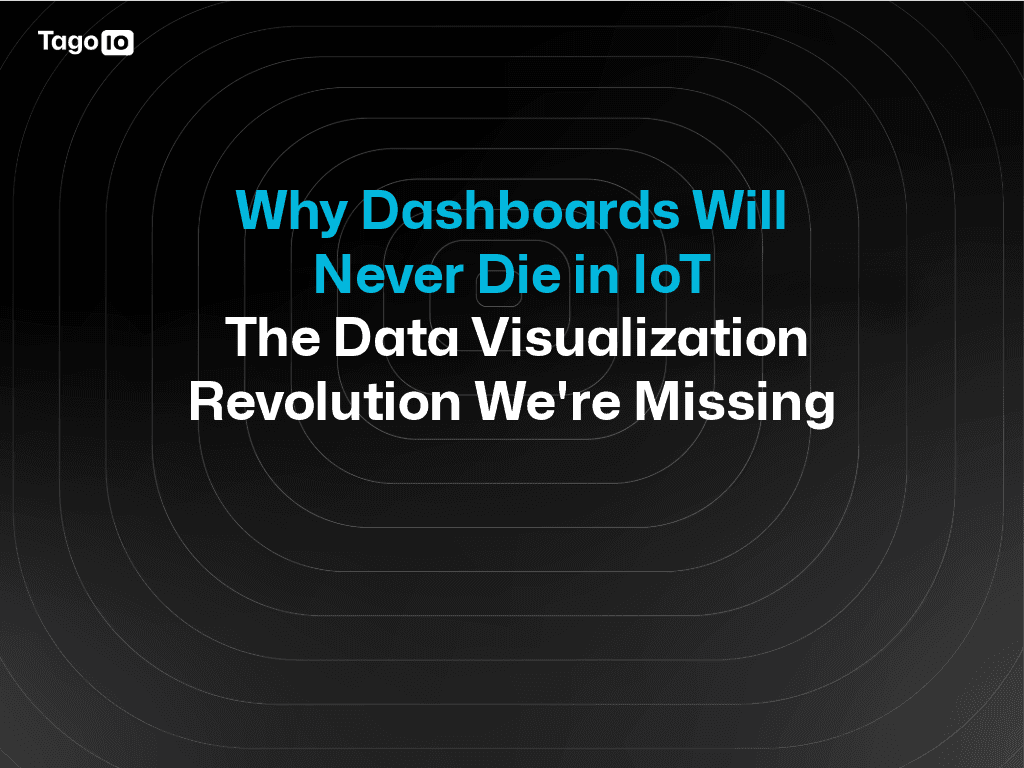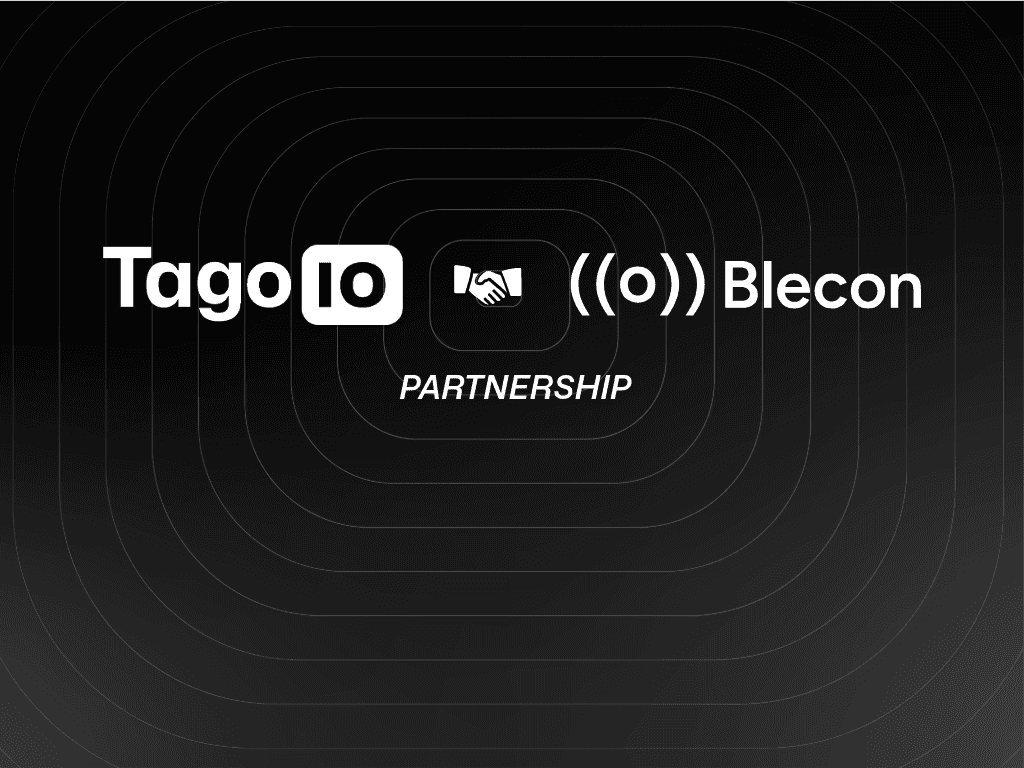Blog
News
New release: High Performance Database Types [updated]
Since 2014, the TagoIO team has been working to deliver the most advanced tools for developers worldwide. We are introducing new types of buckets that are optimized for storage and costs and that are to be used across any IoT application.

TagoIO Team
Mar 17, 2022



Since 2014, the TagoIO team has been working to deliver the most advanced tools for developers around the world to provide the best IoT applications. Every quarter or so, we introduce new technologies in all key areas such as dashboards, connectivity, analytics, and storage. This time around, we are introducing new types of buckets that are optimized for storage and costs, and that are to be used across any IoT application.
This new feature release will allow developers to select the type of bucket that best fits their application. From now, you will need to select one of the three types of buckets when you create a new device. The selection is available by the Admin portal or via API, and we are keeping the current data bucket, legacy type, available until the middle of this year (see the schedule below).
Bucket Type: Optimized Device Data – Immutable
By selecting the immutable bucket, you can now go beyond 1 trillion data points per application. This bucket is highly optimized for short and long retention periods; the query responses are faster, which means less latency for the devices and a cost reduction when running an analysis. Also, as the data is immutable, no one can change or delete individual sets of data – this being ideal for compliances. Data can only be removed by the data retention policy.
Bucket Type: Optimized Managed Data – Mutable
By using the mutable bucket, users can more easily edit or delete data, and now the delete operation is always updated in real-time! This in turn makes the user experience with dashboards and forms much more intuitive and satisfying. Some notes about this mutable bucket: (1) it doesn’t have data retention, (2) each bucket size is limited to 50,000 data registers, and (3) it is optimized to be used for the storage and manipulation of configurable variables coming from devices, web services and forms.
Bucket Type: Legacy (not available for new accounts)
The legacy bucket is the one that you are already familiar with. You can still use it, but keep in mind that we will deprecate it soon. Below is the schedule for the legacy bucket [new dates updated on May,10]:
Aug 01, 2022 – TagoIO will not allow the creation of new buckets using the legacy bucket.
Aug 01, 2022 – Sep, 01, 2022 TagoIO will turn off data retention on legacy buckets.
Sep 01, 2022 TagoIO will disable the delete/update APIs for the legacy bucket.
Sep 26, 2022 TagoIO will disable the data post on the legacy bucket.
Oct 03, 2022 TagoIO will retire the legacy bucket completely.
Need Help?
TagoIO has developed a migration tool to support you during the transition, if needed. If you have a bucket and want to migrate ASAP, please open a ticket and we can schedule this migration for you, for free (only for customers with a Starter or Scale).
Check for articles in our community.
Notice that some API may have changed depending on the bucket type. Please, test your application on a new bucket type first, then check if everything is working as expected.
We will post more information about the new database types in the next few days.

TagoIO Team


